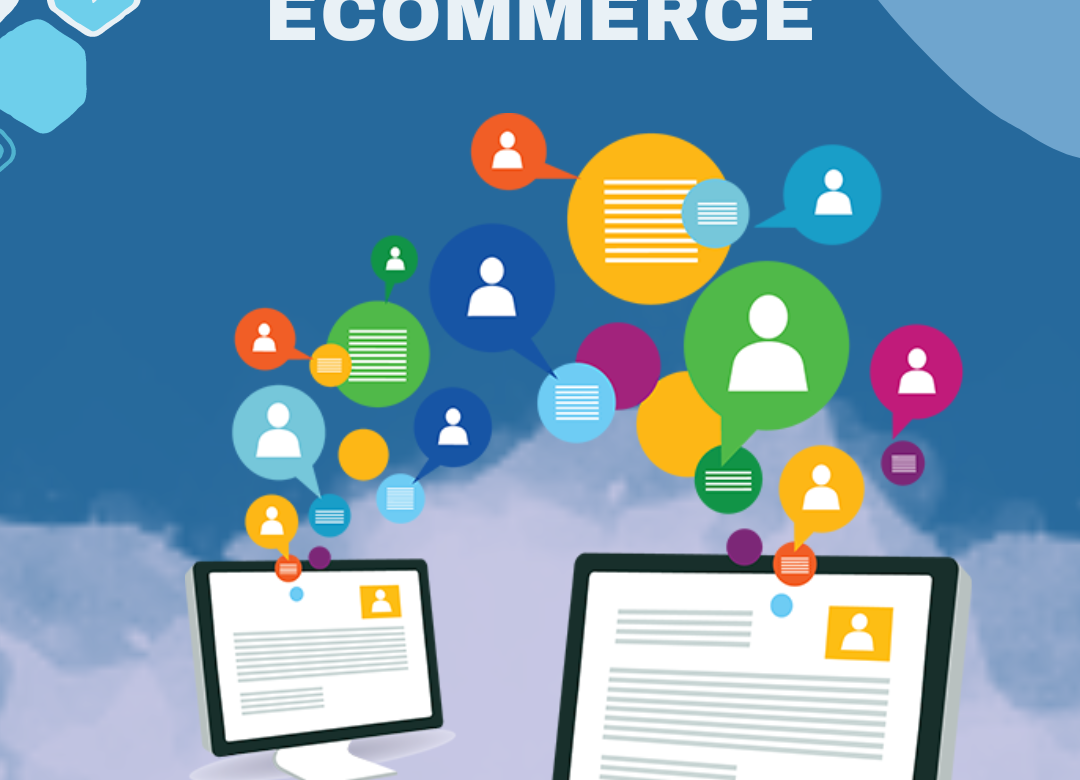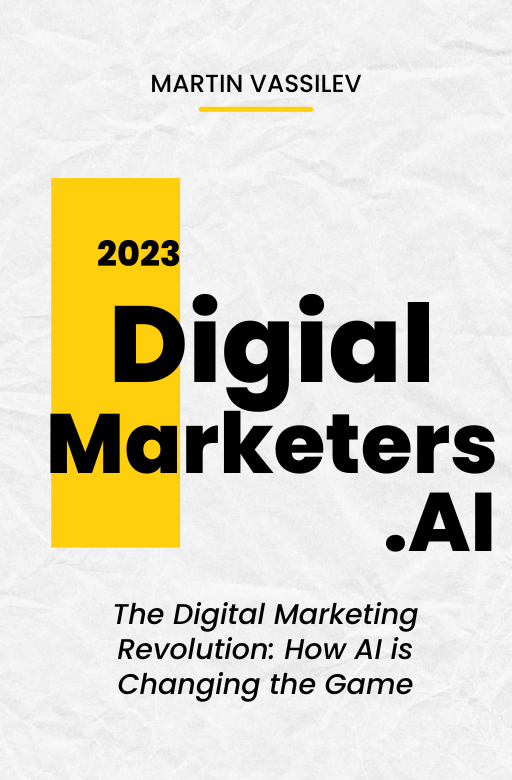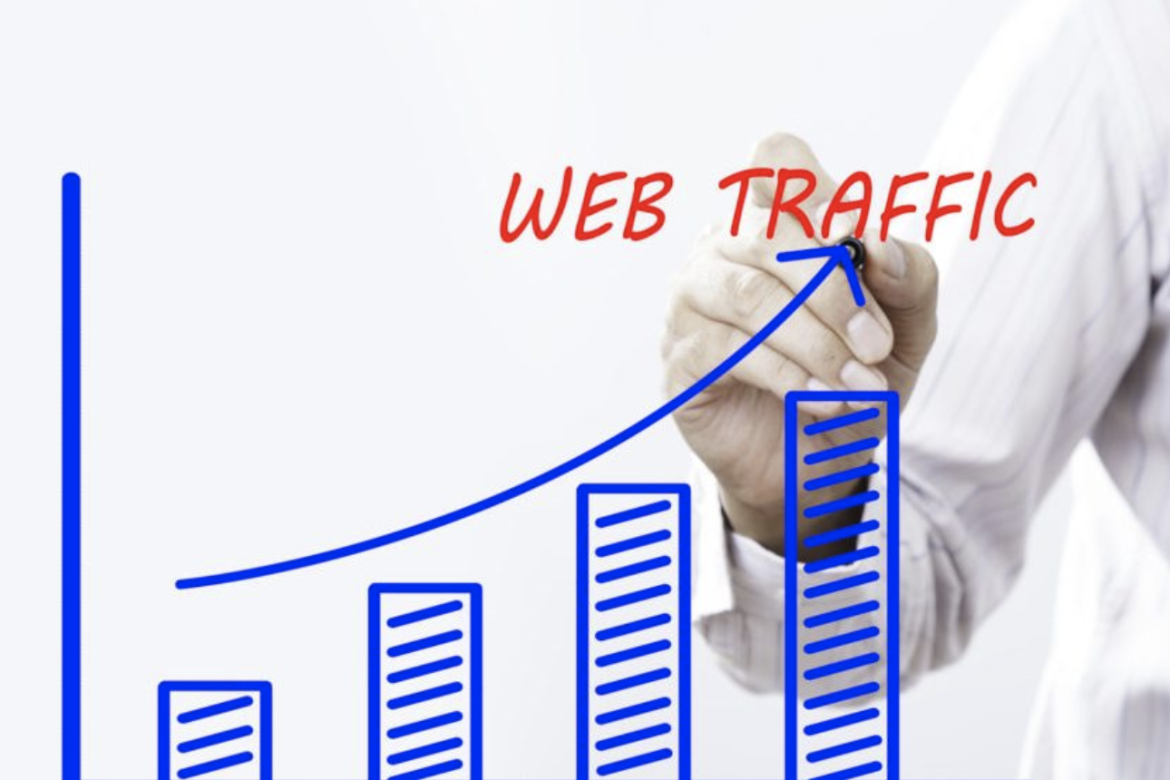What Is Ecommerce Marketing?
With the world changing to an increasingly digital landscape, more and more people are shopping online. As a result, ecommerce marketing has become an essential tool for businesses to reach their clients. Ecommerce marketing is a great way to make shopping fun again. It can help to revive customer engagement and drive sales by creating unique and personal experiences. Read on to find out how you can use ecommerce marketing to make shopping fun again!
Making Shopping Fun Again!
For those who have embraced the digital revolution, shopping online can be an exciting and rewarding experience. From the convenience of browsing and ordering products online, to the pleasure of getting a good deal and fast delivery, online shopping has made it easy for us to get what we need. However, for those who are used to the traditional shopping experience, the process can feel a little impersonal and unenjoyable. This is where ecommerce marketing comes in. By utilizing innovative strategies, businesses can make shopping fun again and reconnect with their customers.
How Ecommerce Marketing Revives Shopping
Ecommerce marketing provides various tools to enhance the customer experience. Through the use of targeted campaigns, attractive visuals and engaging content, businesses can make the shopping process more enjoyable. With the help of social media and email marketing, businesses can bring shoppers into the conversation and create a sense of community. By offering a personalized shopping experience, businesses can ensure that customers have an enjoyable time while browsing and ordering products online.
Spice Up Your Shopping Experience
As part of ecommerce marketing, businesses can offer customers exciting incentives to spice up their shopping experience. Businesses can offer discounts, free shipping, and free returns. They can also offer loyalty programs and contests to reward customers for their loyalty. These incentives can help to make the shopping experience more enjoyable and encourage customers to keep coming back for more.
Crafting a Unique Ecommerce Experience
The key to successful ecommerce marketing is creating a unique and memorable experience for customers. Businesses should take the time to understand their target audience and develop a strategy that caters to their specific needs. They should focus on creating engaging visuals, such as photos and videos, to create an emotional connection with their customers. Additionally, businesses should utilize personalized emails and targeted ads to reach out to potential customers.
Creative Ways to Drive More Sales
Businesses can also use creative strategies to drive more sales. They can offer exclusive products and special deals to attract customers. They can also create loyalty programs and rewards to reward repeat customers.Additionally, businesses can create special events and campaigns to generate buzz and drive more sales.
Re-Defining the Shopping Experience
Ecommerce marketing can also be used to redefine the shopping experience. Businesses can create interactive experiences for customers, such as virtual showrooms and augmented reality features. They can also create personalized recommendations and customized product pages to make it easier for customers to find what they’re looking for.
Blending Technology and Shopping
Also, businesses can take advantage of new technologies to make shopping more enjoyable. For example, businesses can use chatbots to provide customers with instant answers and advice. They can also utilize artificial intelligence and predictive analytics to offer customers personalized recommendations and real-time product updates.
Re-Thinking How You Sell
As part of ecommerce marketing, businesses should also re-think how they sell. They should take the time to understand the customer journey and develop unique strategies to meet their customer’s needs. Additionally, businesses should focus on creating an omnichannel experience, ensuring that customers have a seamless shopping experience regardless of the device they are using.
Understanding Your Customer’s Needs
To ensure success, businesses need to understand their customer’s needs. They should take the time to analyze customer data and feedback to gain a better understanding of their customer’s preferences. Additionally, businesses should create surveys and polls to get direct feedback from customers and use it to improve their customer experience.
Reaching Customers with Personalization
Finally, businesses should utilize personalization to reach customers on a deeper level. By leveraging customer data, businesses can offer customers the right product at the right time and in the right place. Additionally, businesses can use personalized emails and targeted ads to increase customer engagement and drive more sales.
Steps to Take for a Successful Ecommerce Marketing Plan
To ensure success with ecommerce marketing, businesses should take the following steps:
- Define your target audience
- Analyze customer data
- Create personalized experiences
- Utilize creative incentives
- Leverage new technologies
- Develop an omnichannel experience
- Measure and optimize
Maximizing the Benefits of Ecommerce Marketing
Ecommerce marketing offers a great opportunity for businesses to make shopping fun again. By utilizing creative strategies and leveraging new technologies, businesses can create a unique and personalized shopping experience for their customers. Additionally, by understanding their customer’s needs and utilizing personalization, businesses can build strong relationships with their customers and drive more sales.
Ecommerce marketing is a powerful tool that can help businesses to make shopping fun again. By creating unique and personalized experiences, businesses can reconnect with their customers and boost their sales. With the right strategies and technologies, businesses can create an enjoyable and engaging shopping experience that will keep customers coming back for more.









